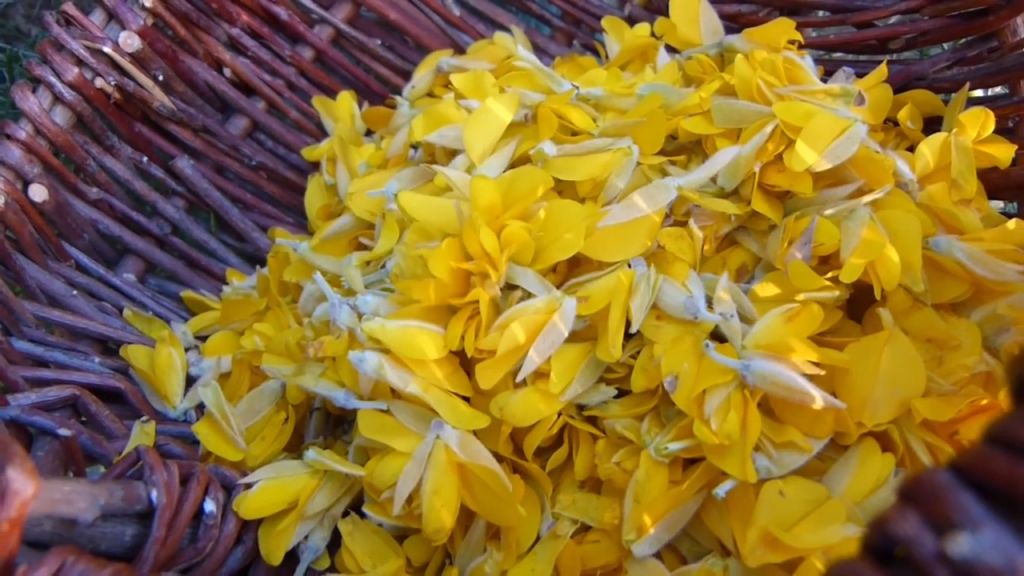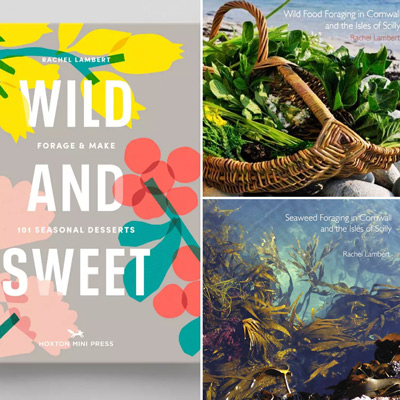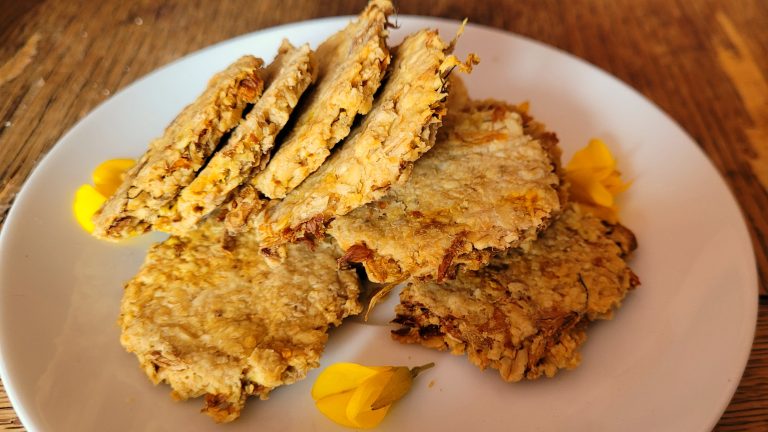10 Benefits of Gorse

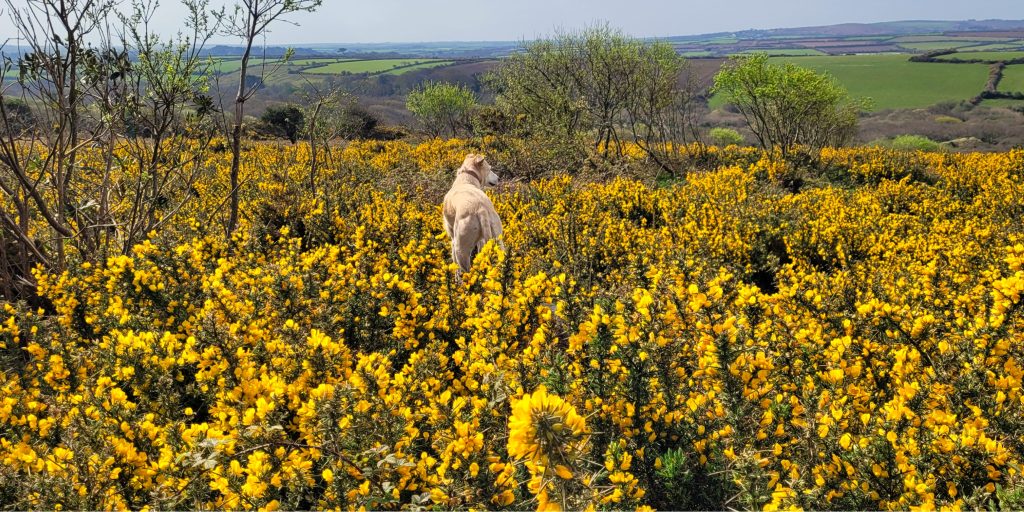
In this blog I explore ten benefits of this abundant plant. Gorse is one of many plants on my blog which is deemed an invasive ‘weed’ and worthless. This couldn’t be further from the truth! Read on to find out more…
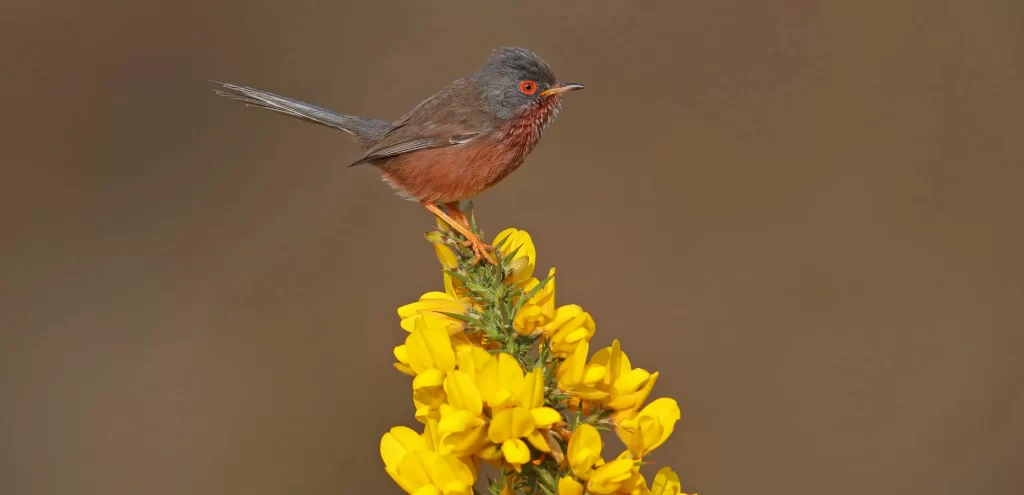
1. Safe nesting place for wild birds
Due to the dense nature of gorse and it’s ruthless spikey foliage, it is a favoured nesting place for several types of birds. The gorse creates a safe haven away from predators, such as birds of prey, allowing them to lay their eggs in a covered area. Birds that use gorse in this way include; the Dartford Warbler, Yellow Hammer, Linnet, Stonechat and Chiffchaff to name a few. Here in the UK it has been recorded that the Linnet has declined in numbers by 57% between 1970 and 2014, making gorse an important environment.

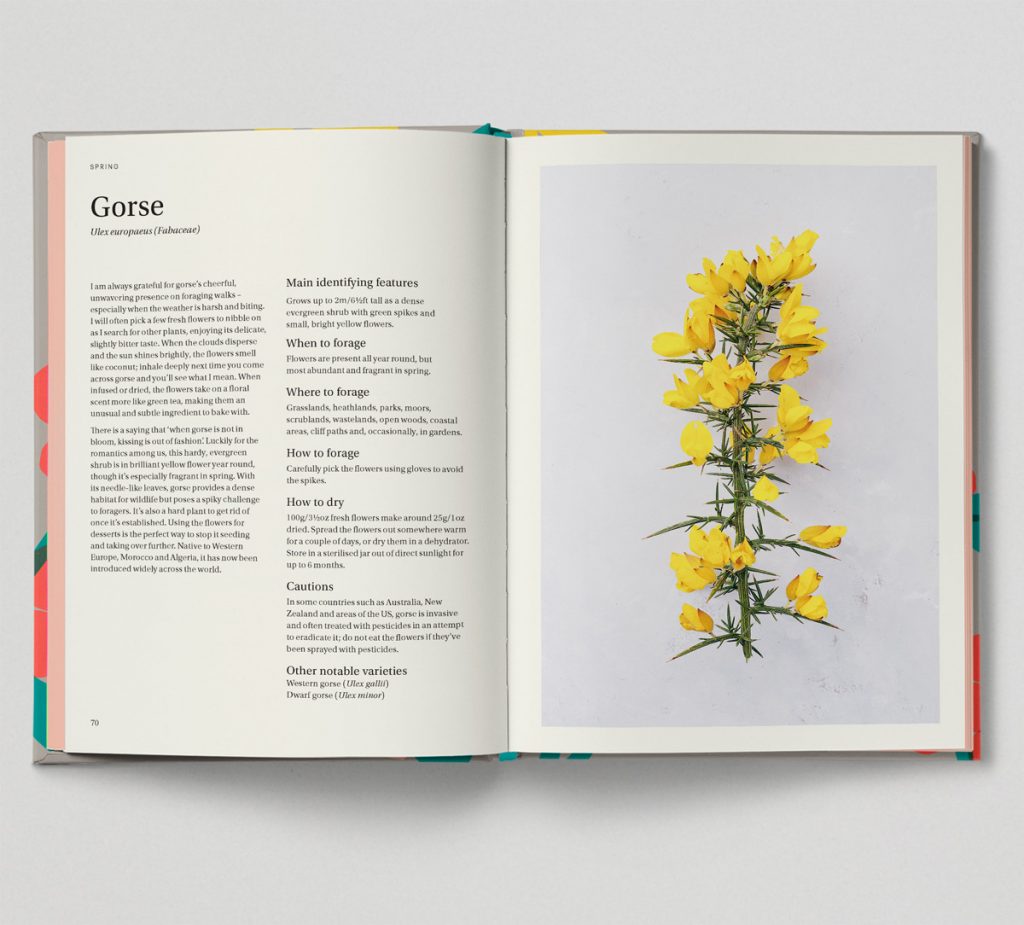
2. Fixes nitrogen in the soil
Plants need nitrogen to life, and gorse is one of several shrubs that help fix nitrogen in the soil. Indeed, nitrogen is actually one of the nutrients that plants need in the highest quantities (1). Here in West Cornwall and other areas with large, tree-less areas of heathland, gorse can play an essential role in creating nutrient-rich soil for other plants. In fact, gorse is called a ‘pioneer plant’ for this exact reason, as it helps prepare the soil for plants that come afterwards, including trees.
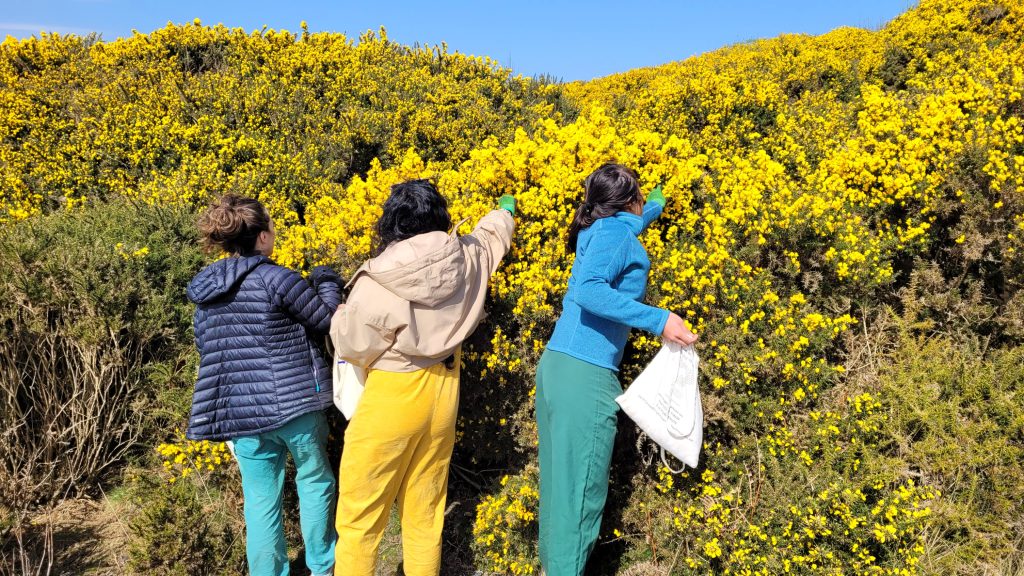
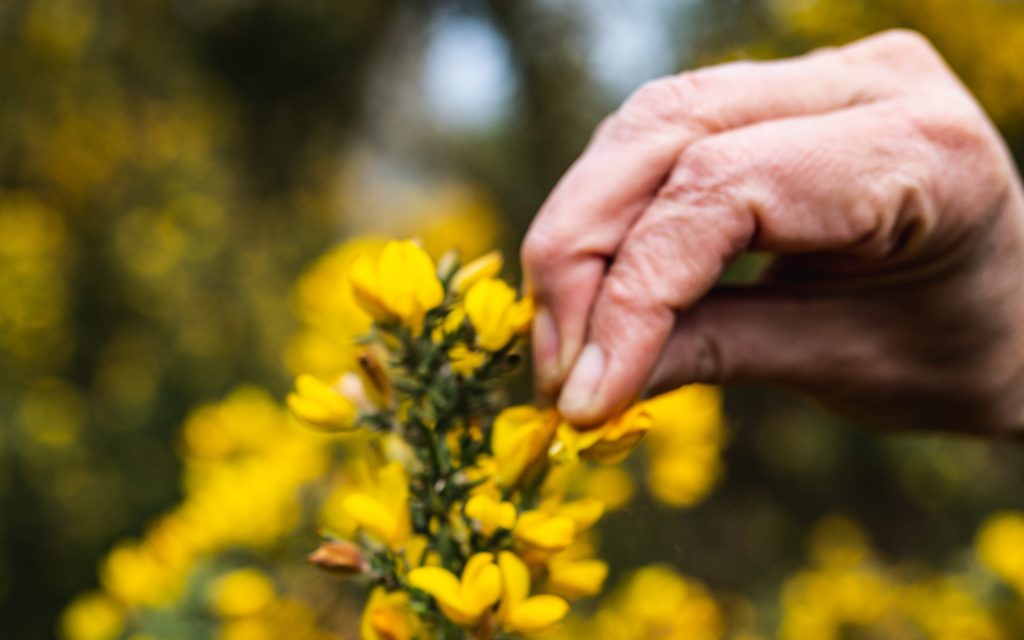
3. Protects saplings and help create forests
Similar to the birds that nest in gorse, imagine being an acorn, or any seed that could grow into a tree. Yes, gorse offers perfect protection for shade loving plants, allowing them to get established in a protective environment. In this way, gorse has and can played an important role in establishing forests. (2)

4. Food for wildlife
The prolific growth of gorse means that it produces a lot of seeds! These seeds are favoured by some birds, small mammals and insects for food. For example, it’s an important food source for the European goldfinch and is one of only two food sources for the larvae of July Belle Moths. (3) It is also a food for the gorse weevil, a type of beetle that has evolved to navigate its thorns and absorb its nutrients, as well as the grass emerald moth.


5. Health and medicinal benefits
According to the company Kailash Herbs, there are numerous traditional herbal uses for gorse. However, it is not rated highly by modern herbalists. The exception is homeopathy and Bach flower remedies whom claim that gorse is helpful for those who feel down-hearted or have lost faith. Indeed, gorse is thought to ‘counter hopelessness and despair’. I don’t know about you, but that bright yellow always lifts my mood!


6. Bright yellow colour
Alongside dandelions, primroses, lesser celandines and daffodils, gorse is one of the yellow flowers that appear in early spring. This bright colour is thought to be easier for pollinating insects to see, enabling them to feed when there isn’t much nectar around. It is well document that bright yellow is often associated with happiness, sunshine and optimism. What’s not to like?!
As part of my Forage and Harvest Gorse events, I have also experimented with dying fabric with gorse. The colour could be described as ‘subtle’. However, Kathryn Davey has had some successes with colours from gorse flowers natural dying with gorse flowers.

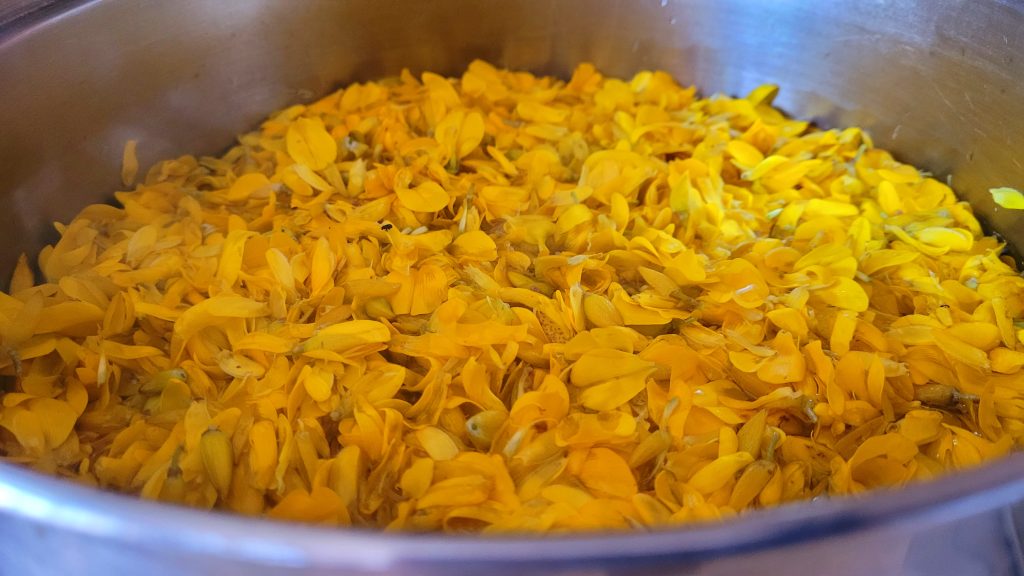
7. Gorse as food and drink
Gorse has traditionally been used for making wine and apparently makes a wonderful white, according to my friend and many blogs. I’ve used it for syrups, ice cream, and baking, all with good effect. I share the gorse recipes here and in my foraging books with the exception of the seaweed book.
According to Plants for a Future database gorse has a 1 in 5 food rating, which is the lowest rating. So the nutrition isn’t high, however we also eat with our eyes and the colour of gorse flowers can enliven any dish!

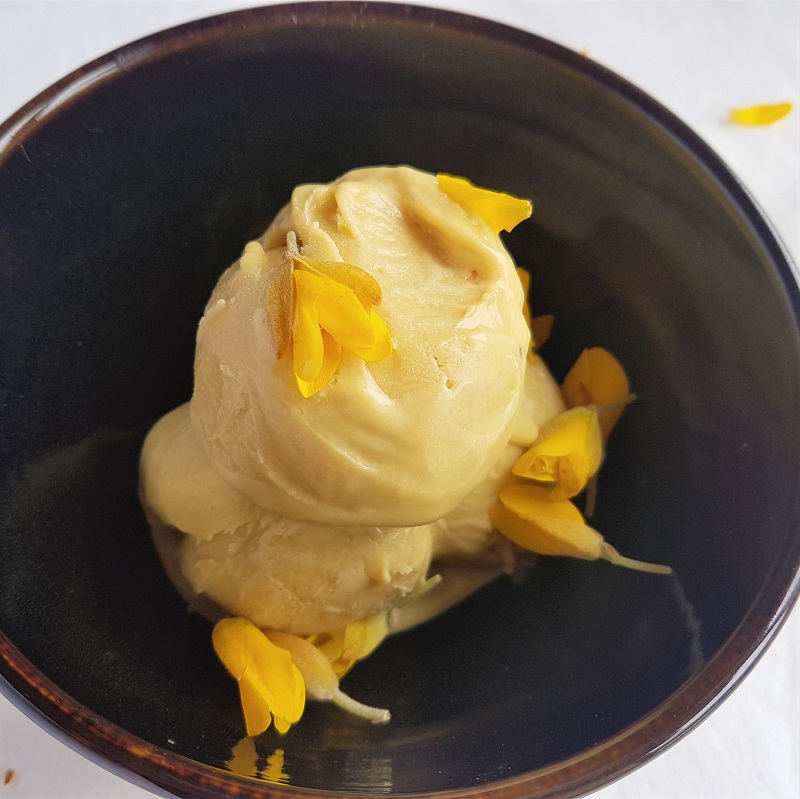
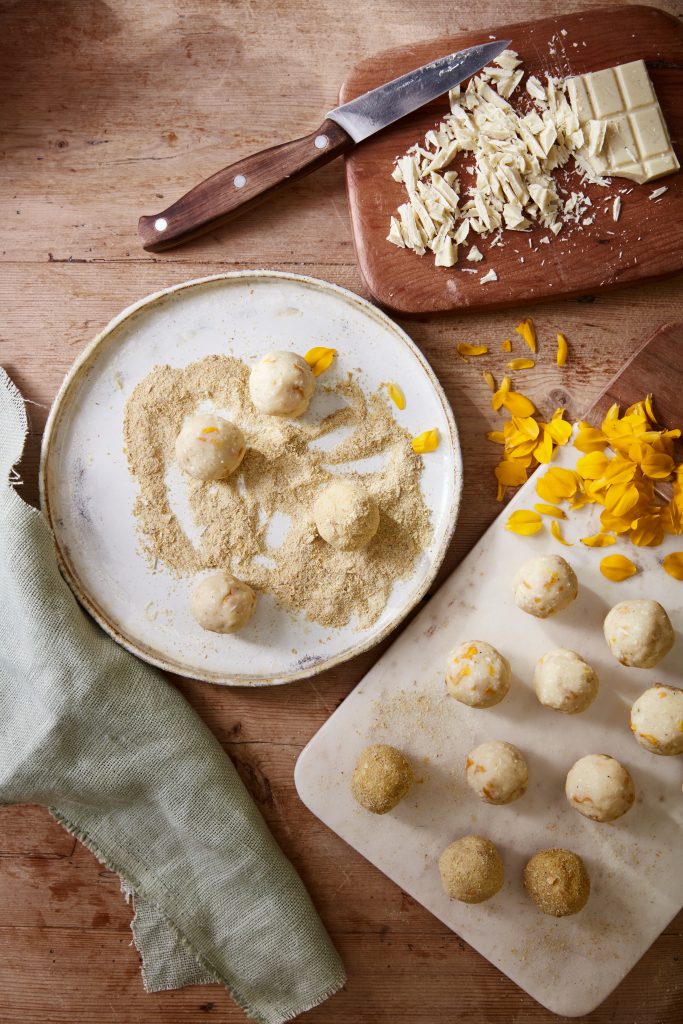
8. Rich in meaning
Gorse is sometimes called ‘furze’, which is Anglo-Saxon for ‘a waste’ suggesting that the debris from gorse can look like litter, a flammable litter at that. There is an old saying “When Gorse is out of bloom kissing is out of season.” That’s because there are three types of gorse, meaning there will always be gorse in flower all year around. Pliny wrote that gorse was used to gather gold dust on the stream beds.


9. Good animal fodder
Horses like to nibble the fresh shoots of gorse and apparently it has about half the protein of oaks, which is pretty good. There’s even been speculation that it could be used at scale to feed millions – Protein from gorse bushes could feed millions of people, says expert | Plants | The Guardian.


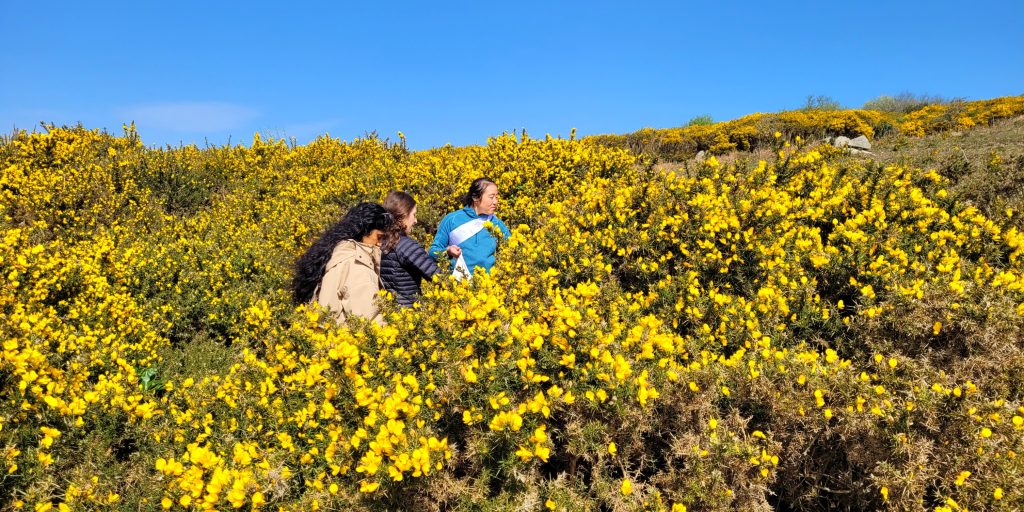
10. A great wood for fuel
Gorse has a high oil content which makes it a great wood for fuel. In the past it was a favoured wood for bakers because it burns strong and evenly. The dried foliage is also great for fire lighting, though it is spikey to handle.
References
- 40 Nitrogen Fixing Plants To Grow In Your Garde
- Gorse for the trees: How one man brought back a forest | RNZ and Forest succession through gorse and kanuka | New Zealand Geographic
- July Belle | UKmoths
